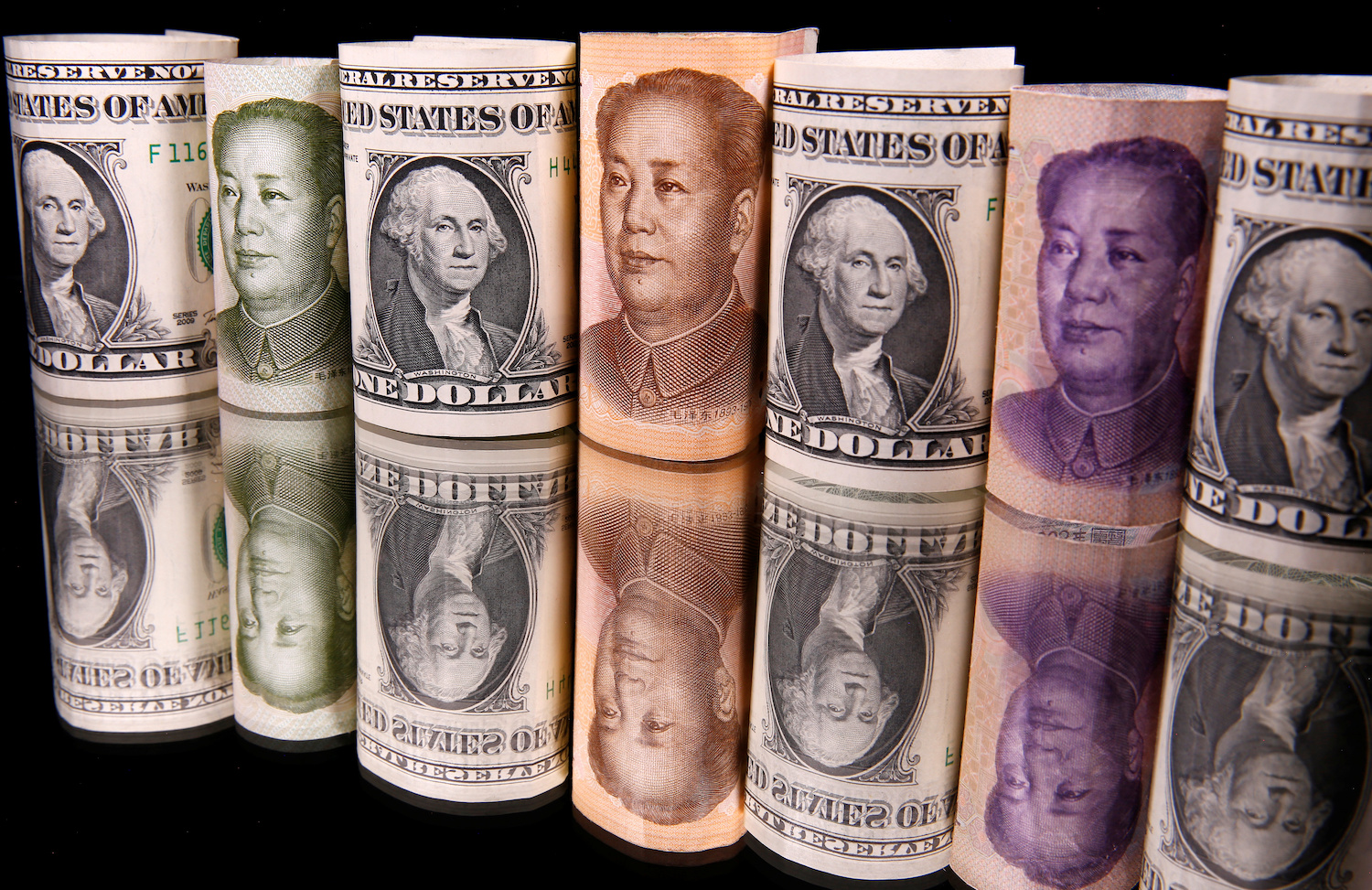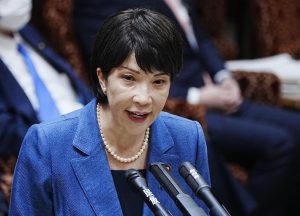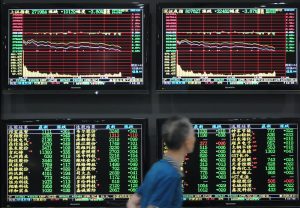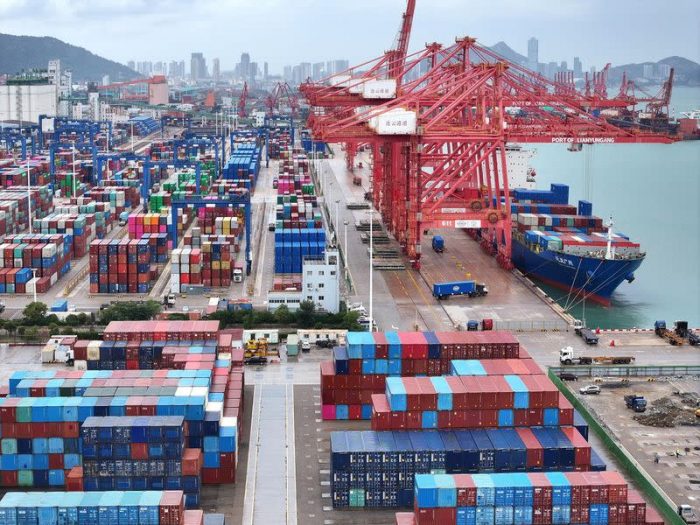(ATF) Having reached my near-term target of 6.85 to the US dollar ahead of schedule, I am issuing a more aggressive mid-term yuan (CNH) forecast of 6.0.
Here’s my thinking behind this call.
Informed by the experiences of the economic impact of the Covid-19 pandemic and the ongoing US Trump Administration trade and technology war against China, the Chinese government has formally adopted a policy of what it calls acceleration of the establishment of a “dual circulation” development pattern “that takes the domestic market as the mainstay while domestic and foreign markets boost each other.”
In principle, there is nothing new in this policy. Steady advancement of the domestic demand and consumption component of economic growth relative to external demand and building out of higher value-added export industries have been preached by China’s economic reformers and more conservative economic officials alike for two decades.
What the Covid impact and the Trump ‘wars’ have made clear for all to see is that acceleration on all fronts of dual circulation is mandatory for China’s survival as a major economic and political power.
Over-reliance on exports when major export destinations are shut down by pandemic is a fool’s game. Over-reliance on foreign technology imports for critical infrastructure development puts the nation at risk. And failure to become a broad-based high technology provider and producer means falling into the ‘middle income trap’ and stalling.
Of course, saying all this and doing it are two quite different things, and the need to muster all available resources and align them for achieving a critical goal has to be fully understood.
On this, reform-oriented finance officials and hidebound state-owned enterprise leaders have not always seen eye-to-eye.
Now, Covid and Donald Trump are forcing them to pull on the rope in the same direction.
Exporters want a weak currency and the People’s Bank of China, when the need arose, put a stop to yuan advancement or reversed it, as at the time of the onset of the 2008 US financial crisis, or again during the period of January 2014 to December 2016.
From May 2017 to March 2018, things went in the opposite direction as Trump threatened to slap China with currency manipulation offences. Actually, Chinese reformers were not at all unhappy with the US pressure. Their goal was all along to align monetary and currency policy with reform.
And now? The State Council policy and the policy of the PBoC and other financial authorities are clearly aligned to stimulate domestic demand and investment.
Powerful stimulant
We will not see any efforts by the PBoC to weaken the yuan to do exporters favors. The PBoC, when markets warrant, will allow the yuan to rise where it may. A strong currency is the most powerful stimulant of domestic demand and consumption.
I’ve time and again over the past few months written on the sharp rise of the yuan and my conviction that this will continue.
But for it to make a quantum-jump-type impact on domestic demand, basically we have to go from 7 yuan to 6 yuan per US dollar.
This move is now underway.
The PBoC set yuan central parity at 6.8605 to the USD today, the highest since July 2, 2019.
Traders during the day pushed it higher still. At 7pm HK time, the CNH stood at 6.8451 to the dollar, helped on by more dollar weakness: on the dollar index (DXY) the greenback traded at 92.2240 at 7pm.
There will be rest stations between 6.85 and 6.0 for the yuan to the dollar. But 6.0 is the firm target for the Chinese currency and that, more than all else, will propel it forward to not just official, but real global reserve status.
























